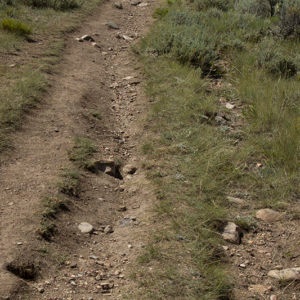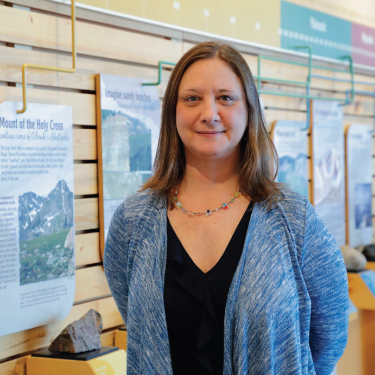 The rhythms of nature beat day and night, creating the cadences that form the soundtrack of our lives. Each season has its own measured tempo, the summer’s frenzied explosion of color and green growth, the poignancy and portent of the fall, the stillness and quiet of winter, and finally, today, we are in the full throes of springtime, with a world virtually coming to life before our eyes.
The rhythms of nature beat day and night, creating the cadences that form the soundtrack of our lives. Each season has its own measured tempo, the summer’s frenzied explosion of color and green growth, the poignancy and portent of the fall, the stillness and quiet of winter, and finally, today, we are in the full throes of springtime, with a world virtually coming to life before our eyes.
Want these articles delivered right to your inbox every week? Click here to sign up!
Of all the seasons, springtime represents so much in terms of potential. The potential of a bud ready to burst; the potential of a brand new egg ready to hatch, warmed by its devoted feathered family; and the potential of a brand new season, with opportunities for adventure around every corner. Trails covered by snow are slowly reappearing, calling to us, “Come, visit, explore, learn …”
And though the call is strong, we must exercise caution in answering it. As the last crystals of snow melt away, giving way to that universal pull for entropy and disorder in the universe, we owe it to the land to pause for a moment, and to give the snow time to melt. Let it flow and let it grow; because our precious wild lands give us so much, we owe it to them to give them a break when they need it.
Trail Damage
When the snow melts and dirt turns to mud, it’s really easy for trails to get damaged. And we’ve all seen this kind of damage, where a once-single-track has expanded to a small highway as people repeatedly walk around the mud, preserving their hiking boots over the land. But there are a few things we can do to help preserve our trails, even in the mud season.
First, consider when and where you plan to hike. Hiking earlier in the day or during the evening, when the air is cooler and the ground more likely to be solid, can help reduce erosion because the ground is harder and less likely to wear away. Additionally, south facing trails are usually drier than north facing slopes shaded by conifer trees, and this also helps to reduce the damage hikers and bikers might cause. Finally, if you do encounter mud, be prepared to hike through it, not around it. Wear waterproof boots and gaiters to keep your feet dry; but even if you don’t have waterproof boots, your boots and feet will dry in a few days, but damage from erosion can take years or decades to recover, if ever.
And lastly, I would be remiss if I did not address the bikers among us, because we know that some people like to zip along at a faster pace. So if you’re a biker, the increased area that you cover, combined with the cycling of a continuous tire tread, can dramatically increase the impact you have on our trails. But don’t despair, there are plenty of trails down low or on south facing slopes that have already melted out enough to ride, and it just takes a little patience to wait for the remaining trails to clear. And if you should encounter some mud, your best option is to stop and walk through it, but if you must ride, ride directly through the mud, ignore the spatter, and do your part to keep the trail from getting even wider.
So to all you fearless explorers, seasoned adventurers, and casual travelers, the winter wait may be over, but embark on your summer fun with care. Let the pace of springtime be your guide, because we can’t rush Mother Nature.
Jaymee Squires is the Director of Graduate Programs at Walking Mountains Science Center in Avon. Spring is her favorite season and she is always excited to see the spring blossoms peeking through.









